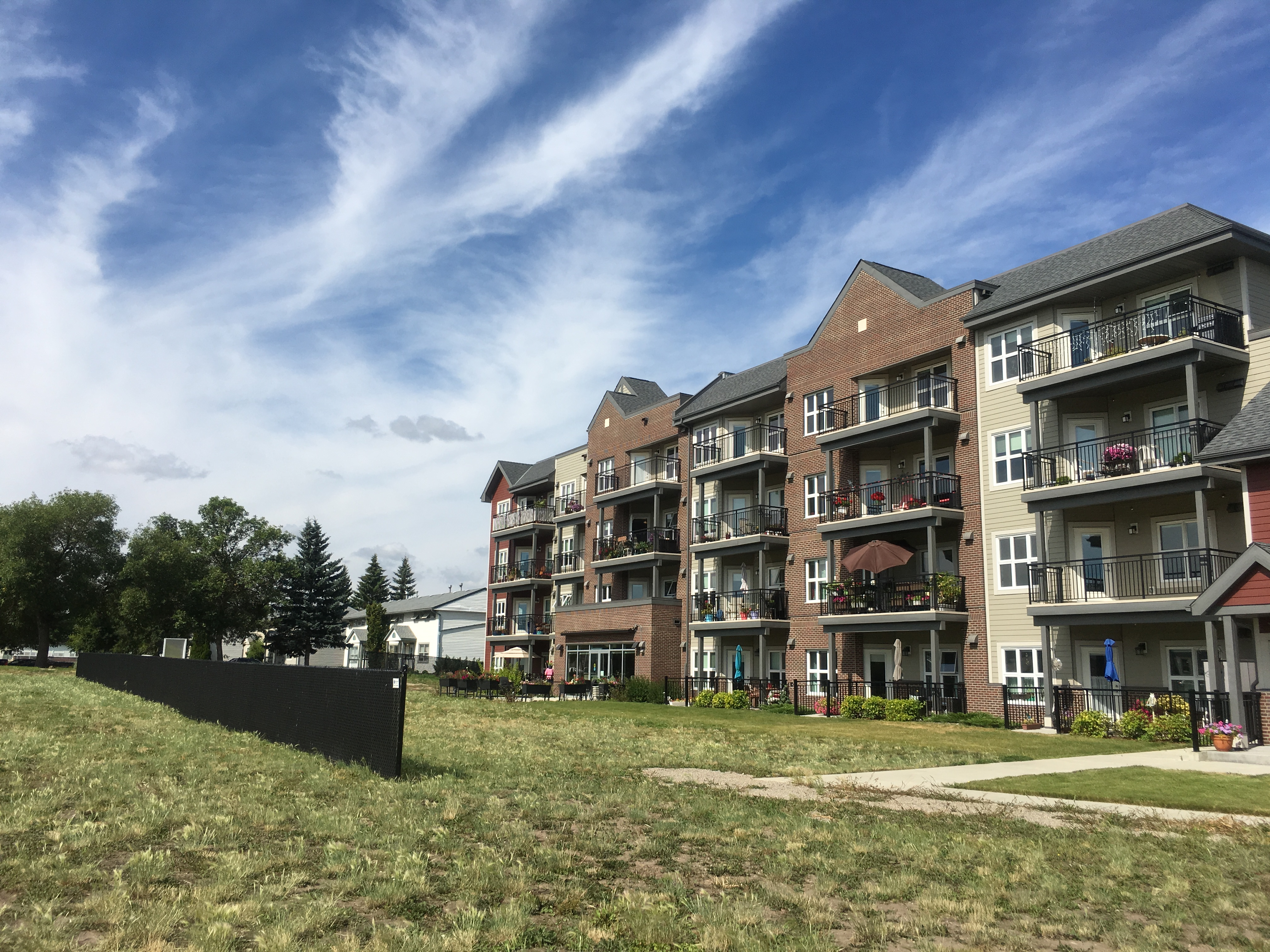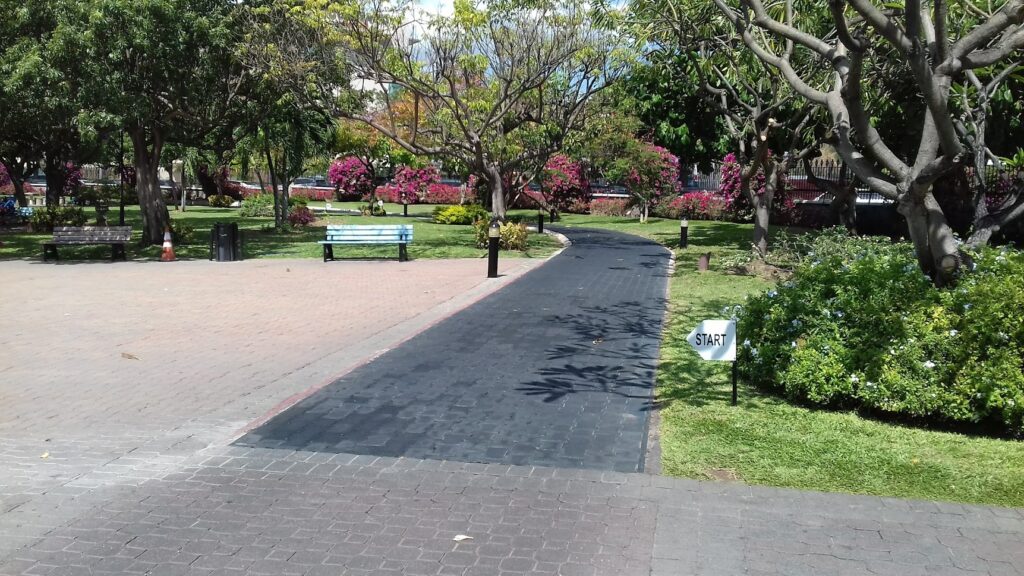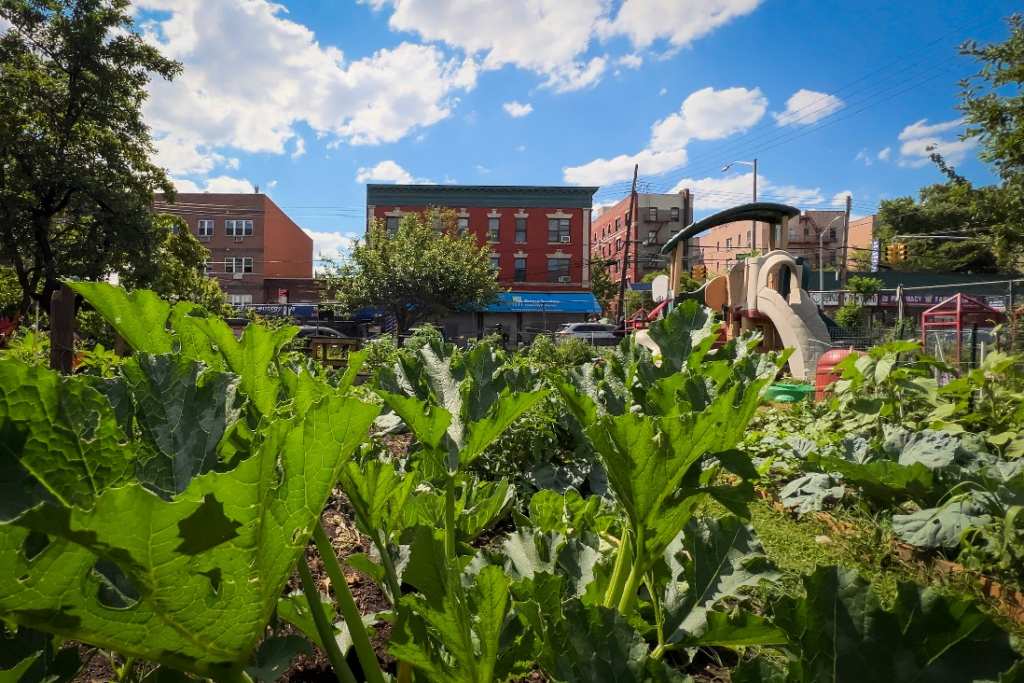City Know-hows

Target audience
Built environment planners and designers; Senior housing developers; Public health practitioners and policymakers.
The problem
During the COVID-19 pandemic, virus transmission prevention strategies including the lockdown of public spaces and implementation of stay-at-home order can limit older adults’ opportunities to engage in the broader community, healthy living activities, and psychological wellbeing maintenance.
What we did and why
We conducted a case study of older adults in an independent-living building and the surrounding neighbourhood in Edmonton, Alberta, Canada. This study allowed insights into how an adaptive bubble was established and how the built environment can support an adaptive bubble to protect older adults from virus transmission while helping them to maintain healthy living activities and psychological wellbeing.
Our study’s contribution
Complex and nuanced relationships between human and nonhuman factors that support and challenge an adaptive bubble strategy are elaborated in:
Building interiors: as central to the bubble since this is where residents conduct daily-needed activities and attend congregate activities;
Neighbourhood environments, as the extension of the bubble that affected residents’ outdoor activity engagement;
Building edges, as spaces balancing residents’ needs for connecting with the world outside the bubble and protecting themselves within the virus-safe bubble.
Impacts for city policy and practice
The adaptive bubble strategy can be considered by communities with building and neighbourhood environments as a way to support both the prevention of virus transmission as well as the maintenance of healthy living activities during the ongoing pandemic, the upcoming recovery phase, and future epidemics.
Further information
Housing for Health team. Alberta, Canada
Full research article:
‘We are developing our bubble’: role of the built environment in supporting physical and social activities in independent-living older adults during COVID-19 by Hui Ren, Megan Strickfaden, John C. Spence, Jodie A. Stearns, Marcus Jackson, Hayford M. Avedzi & Karen K. Lee.
Related posts

Understanding decision-making for active living infrastructure in a middle-income country: Aspirations and pressures for development may not support creation of good quality walking and cycling

Gentrification is reshaping cities worldwide. It has both upsides and downsides for older adults, including rising costs, housing scarcity, weakened social ties, and mental health issues.

Health impact assessments are a key tool to bridge the worlds of planning and health, but there’s a risk they become a ‘tick box’ exercise with little real-world benefit. Learning from recent practice in English local authorities can help maximise their effectiveness in producing healthier developments.